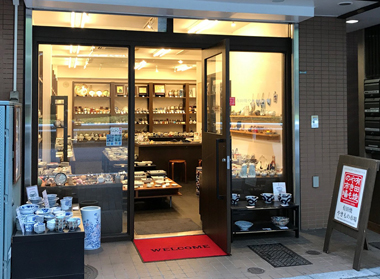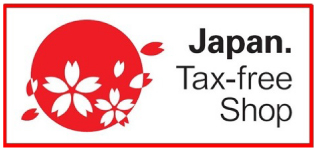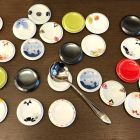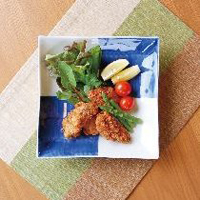Japanese pottery ceramics souvenir in Tokyo Japan
Font size:
Shopping Cart
-
Your cart is empty.
Categories
Shop Manager Profile
Cup (short) for Green tea [Recommended Items]
Source: www.exchange-rates.org
 |
 |
 |
 |
||
 |
 |
 |
|||
 |
 |
 |
|||
 |
 |
 |
|||
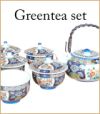 |
 |
 |
 |
 |
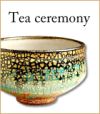 |
 |
 |
 |
|||
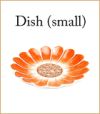 |
 |
 |
 |
||
 |
 |
 |
 |
 |
|
 |
 |
 |
 |
 |
 |
 |
 |
 |
 |
 |
 |
 |
 |
 |
 |
 |
|
|
||||||||||||||||||||||||||||||||||||||||||||||||||
 Porcelain production started in Japan in the 17th century after kaorin stone was discovered in Arita. From the middle 17th century, large amounts of Arita ceramics, which captivated the European royalty and nobility, were exported to Europe, through the Dutch trading post on Dejima Island in Nagasaki. Augustus the Strong, Elector of Saxony, was so fond of Arita ceramics that he ordered porcelain resembling Arita ceramics to be made in his electorate. In Arita, the tradition and techniques of Arita ceramics have been preserved for over 400 years, while young potters and workshops take on the callenge of producing ambitious new works. |
||||||||||||||||||||||||||||||||||||||||||||||||||
|
||||||||||||||||||||||||||||||||||||||||||||||||||
